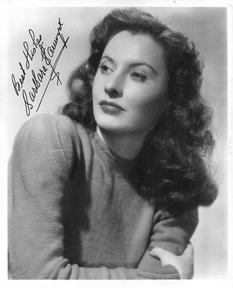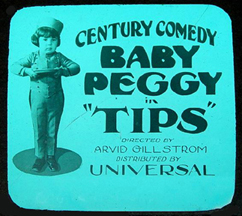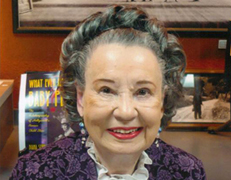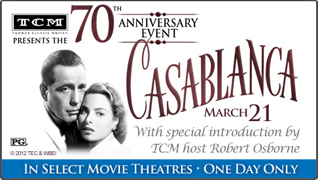We suspect we’re not alone in experiencing just the slightest bit of melancholia this time of year.
Perhaps it’s an age thing: We’ve had mixed feelings about birthdays, too, ever since we turned thirty. Before that, both our birthday and New Year’s Eve were purely joyous occasions, but nowadays, both occasions engender bittersweet feelings.
The folks at Turner Classic Movies must feel the same way as they prepare their annual video tribute to those movie makers who have passed on in the previous year.
Nowadays, there aren’t so many folks from the Cladrite Era found among the departed—with each passing year, there are fewer left to leave us—but the 2012 tribute does honor a few names from the old days, including Phyllis Thaxter, Ann Rutherford
, Tony Martin
, and Celeste Holm
.






